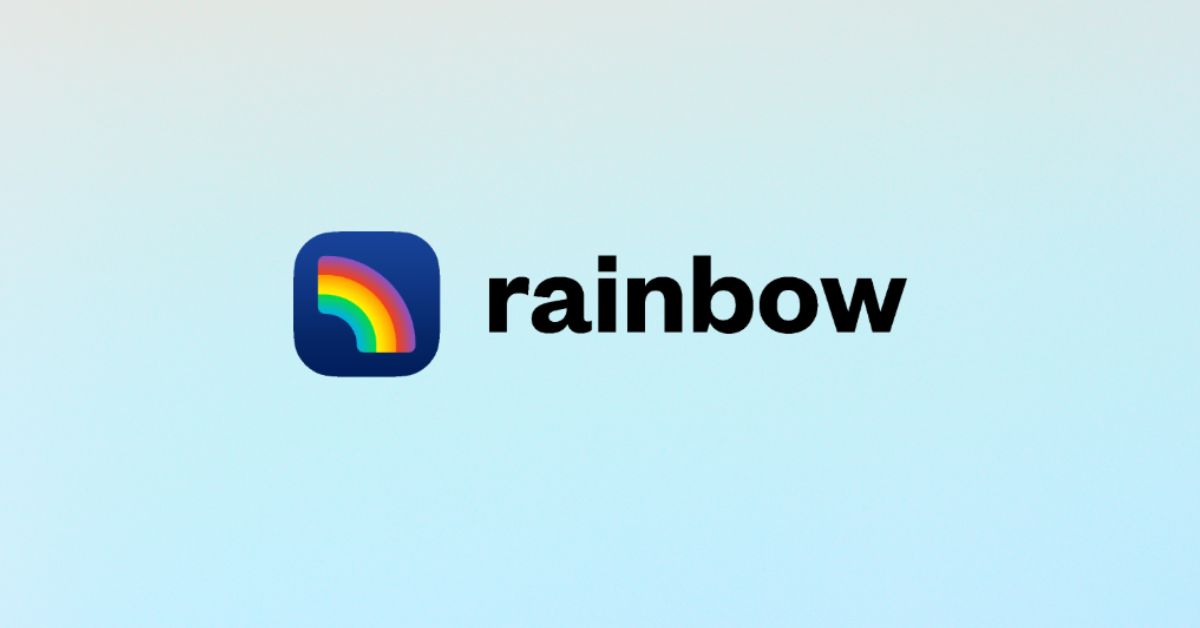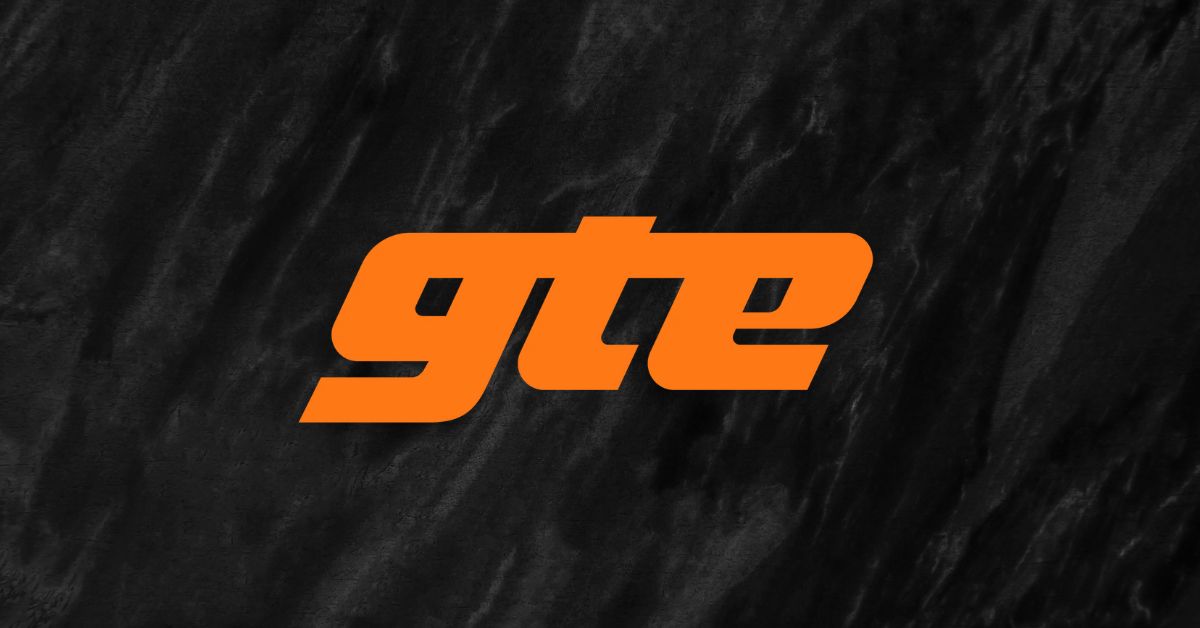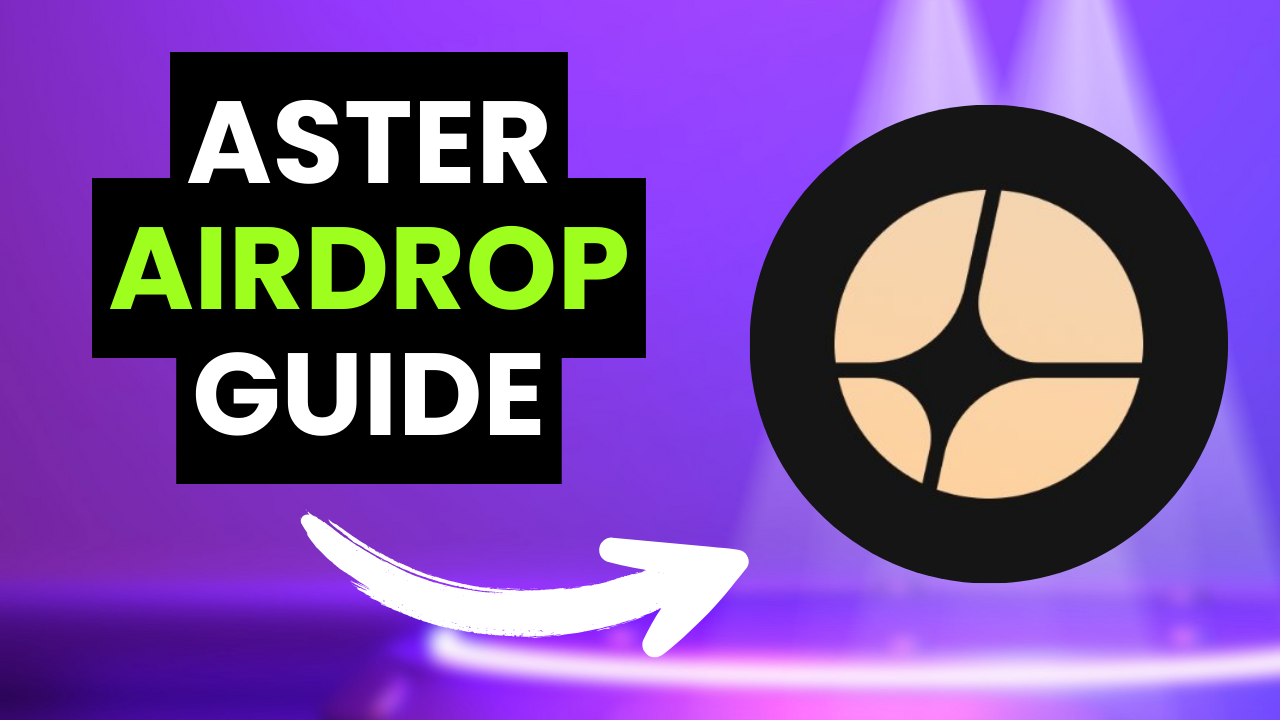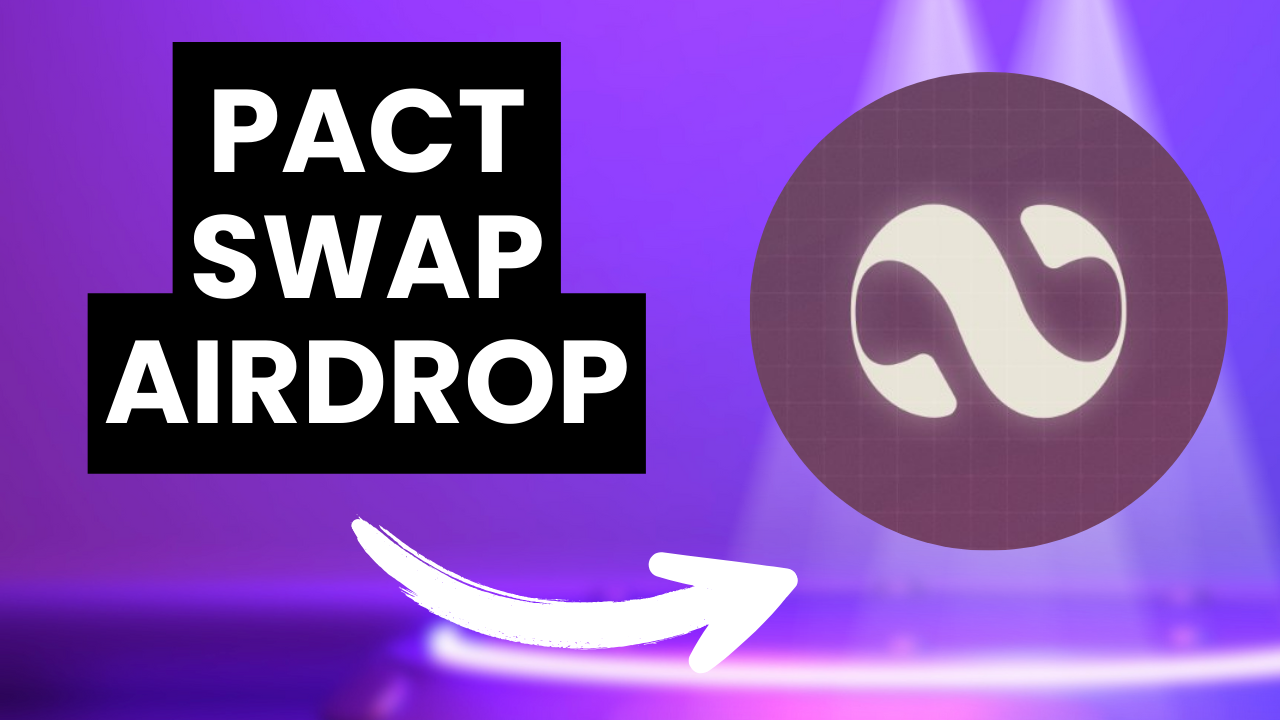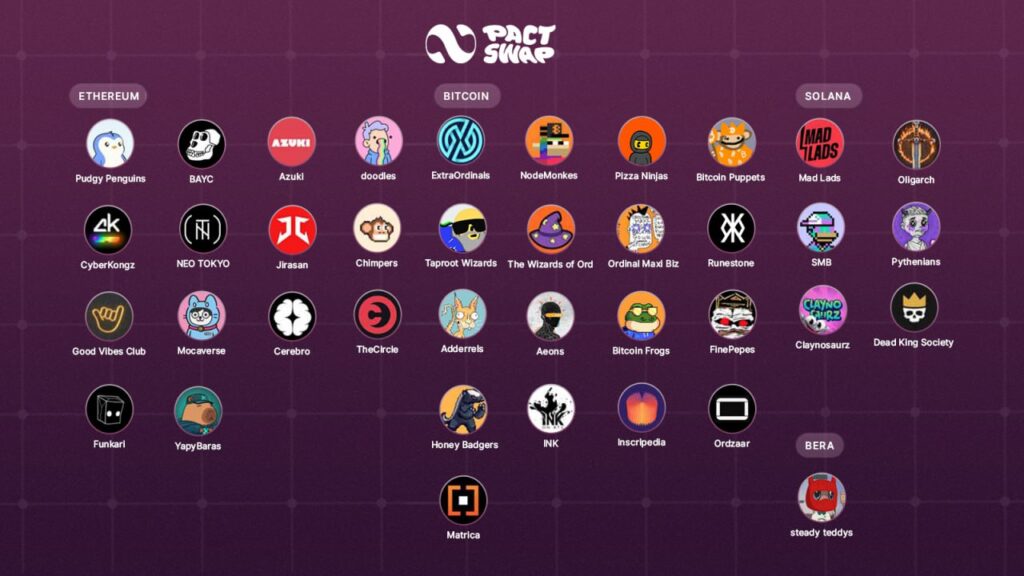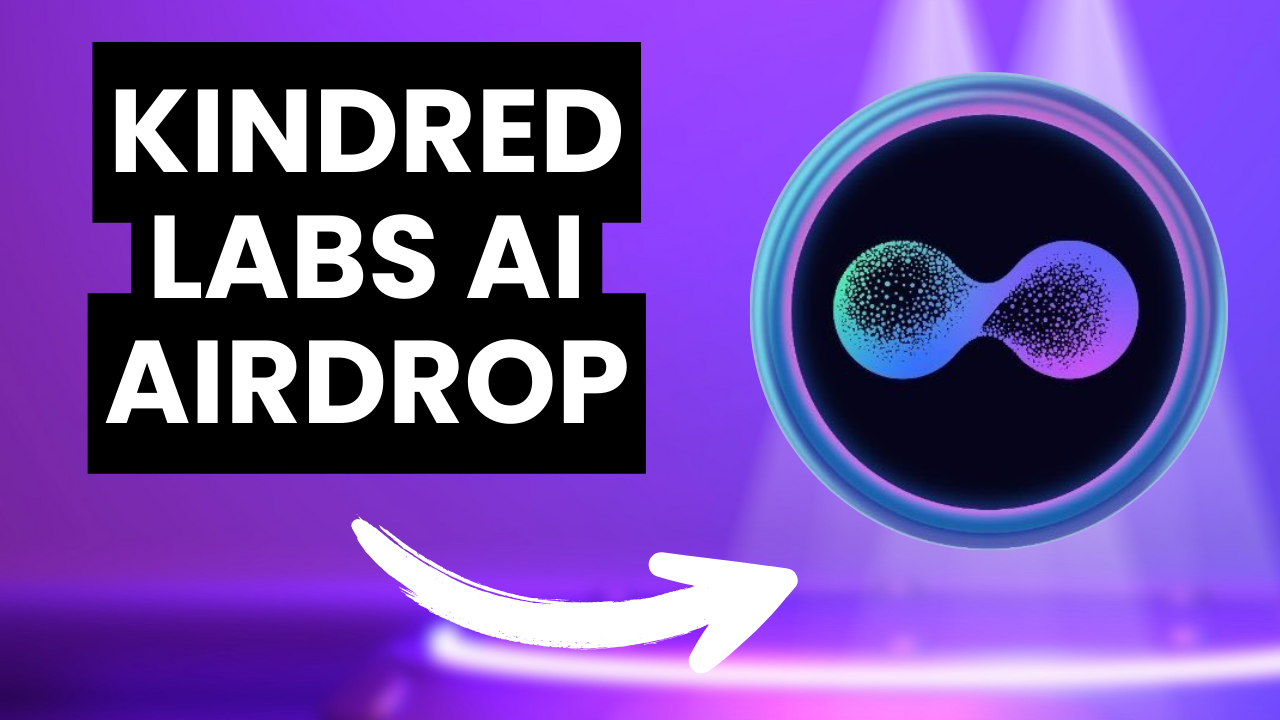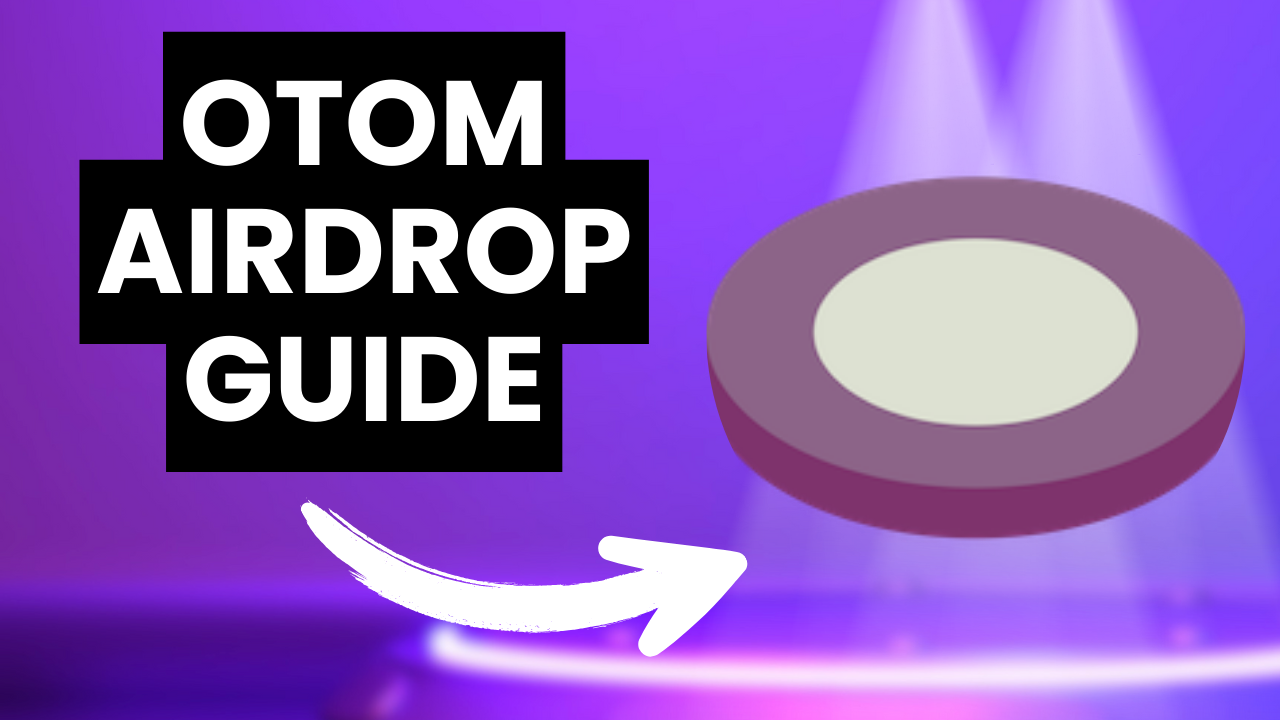What is OTOM?
OTOM is an innovative project built on the Shape Network, a Layer 2 (L2) blockchain designed to be the secure and scalable home for onchain objects, particularly focusing on the NFT economy and empowering creators. Shape Network aims to provide an open space for experimentation and creativity, leveraging the Ethereum ecosystem.
OTOM introduces a unique concept of ‘otoms,’ which are particles that users can create and experiment with onchain. These otoms are represented as NFTs in your wallet, allowing for ownership and interaction within the OTOM universe. The project emphasizes procedural chemistry and infinite discovery, enabling users to engage in various actions that simulate chemical processes with these digital particles.
Otoms are the fundamental particles within the OTOM ecosystem, represented as NFTs. Each otom possesses unique properties, including a mass number (protons + neutrons) and an atomic number (protons), which are visible in its name. These properties influence how otoms interact and form molecules.
How to Interact with OTOM?
Within the OTOM universe, users, referred to as ‘chemists,’ can perform four primary actions:
1.Mine for Otoms: This involves creating new otom particles. The button in the top left of the OTOM website triggers this onchain event, and the newly mined otoms are deposited as NFTs in your wallet.
2.Annihilate Otoms: Users can convert their otom NFTs into Energy (ERC20 tokens). This process effectively destroys the otoms and yields a fungible token that is crucial for other interactions.
3.Initiate a Reaction: By combining Energy and multiple Otoms, chemists can initiate chemical reactions. These reactions lead to the creation of new entities, potentially molecules.
4.Analyze Reactions: After initiating reactions, chemists can analyze the results to discover molecules. This analysis can be performed on multiple unanalyzed reactions in a single transaction, yielding new molecules.
To participate in the OTOM ecosystem, you will need ETH on the Shape Mainnet to cover transaction fees. You can bridge ETH to Shape Mainnet using various bridging solutions. Two commonly mentioned options are Superbridge and Relay.
•Superbridge: Superbridge (superbridge.app/shape-mainnet) allows you to bridge ETH and ERC20 tokens into and out of the Superchain, which includes Shape Network. This platform provides a straightforward way to transfer assets from Ethereum Mainnet (L1) to Shape (L2).
•Relay: Relay (relay.link/bridge/shape) is another bridge that facilitates the transfer of ETH to Shape. You can connect your wallet, select ETH, and choose Shape as the destination chain to bridge your funds.
Important Note: Always ensure you are using official and reputable bridging services to avoid potential scams or loss of funds. Verify the URLs and connect your wallet carefully.
Step-by-Step OTOM Airdrop Guide
This guide outlines the key actions you can take within the OTOM ecosystem to potentially qualify for future airdrops. Remember that specific airdrop criteria are often unannounced and may depend on various factors, including activity, volume, and duration of engagement.
1. Connect your EVM Wallet
Before you begin, ensure you have an EVM-compatible wallet (e.g., MetaMask) configured for the Shape Mainnet. You will need some ETH on Shape Mainnet to cover transaction fees for all onchain interactions. Refer to the ‘Bridging ETH to Shape Mainnet’ section for instructions on how to get ETH onto the Shape Network.
2. Mine Otoms
•Navigate to the OTOM website.
•Look for a button or option to ‘Mine an otom’ or ‘Start mining.’ This action triggers the creation of new otom particles, which are minted as NFTs to your connected wallet. Repeat this process to accumulate more otoms.
3. Annihilate an Element
•Within the OTOM platform, find the functionality to ‘Annihilate an element’ or ‘Annihilate Otoms.’
•This action allows you to convert your otom NFTs into Energy (ERC20 tokens). Annihilating otoms is essential as Energy is a required component for initiating reactions.
4. Make a Reaction
•Locate the ‘Make a reaction’ or ‘Initiate a reaction’ feature on the OTOM platform.
•You will need to use a combination of your accumulated otoms (NFTs) and Energy (ERC20) to perform a reaction. The specific quantities or types of otoms and energy required may vary.
5. Make a Nuclear Reaction
While the OTOM documentation primarily mentions ‘reactions,’ the term ‘Nuclear Reaction’ might imply a more complex or advanced form of reaction within the game mechanics, possibly requiring specific types of otoms or higher energy input. Explore the platform for any distinct options or requirements related to ‘Nuclear Reactions.’ This could be a key activity for airdrop eligibility.
6. Analyze an Element
•After initiating reactions, you will have ‘unanalyzed reactions.’ Find the ‘Analyze an element’ or ‘Analyze reactions’ function.
•Analyzing reactions allows you to discover and receive molecules. You can often analyze multiple unanalyzed reactions in a single transaction, which can save on gas fees.
7. Claim your OTOM Medals
•Visit the Shape Network Stack platform.
•Connect your wallet to this platform. Look for a section where you can ‘Claim your OTOM medals.’ These medals likely represent your participation and achievements within the OTOM ecosystem and could be a significant factor for airdrop eligibility. Ensure you claim any available medals regularly.
Crafting Items on OTOM Assembly
The OTOM Assembly platform (assembly.otom.xyz) appears to be a crafting interface where users can create various items, potentially NFTs, by combining different otoms or other in-game components. This adds another layer of interaction and utility to the OTOM ecosystem.
From the Assembly page, you can see various items that can be crafted, such as:
•Pickaxes for mining: These items might enhance your mining capabilities within the OTOM universe, offering tiers, mining power, and usages.
•Jusonic Ore: An ingot of ore made from a specific otomic element, with properties like electrical and thermal conductivity.
•Invisibility Cloak: A mythical item granting invisibility, requiring specific build materials.
•Unique digital art objects: These could be collectible NFTs with properties like material, rarity, weight, and price.
•Otomology bank access: An item that grants access to the intelligence of Alpha Otom scientists.
Engaging with the crafting system on Assembly could be another important activity for airdrop consideration, as it demonstrates deeper engagement with the OTOM project’s mechanics and economy. Explore the available crafting recipes and try to craft items that align with your resources and goals.
Conclusion and Important Notes
Participating in the OTOM ecosystem on Shape Network offers a unique opportunity to engage with an innovative onchain chemistry project and potentially qualify for future airdrops. By actively mining, annihilating, reacting, analyzing, and claiming medals, you demonstrate consistent engagement with the platform.
Key Takeaways:
•Active Participation is Key: The more you interact with the OTOM platform and its features (mining, annihilating, reacting, analyzing, crafting), the higher your chances of being considered for an airdrop.
•Understand Gas Fees: All onchain interactions require ETH for gas fees on Shape Mainnet. Ensure you have sufficient funds bridged to your wallet.
•Explore All Features: Don’t limit yourself to just one activity. Explore the OTOM website, the Assembly crafting platform, and the Shape Network Stack to maximize your engagement.
•Stay Updated: Airdrop criteria can change. Follow official OTOM and Shape Network social media channels (e.g., @Shape_L2 on X) and community groups for the latest announcements and updates.
•Security First: Always double-check URLs before connecting your wallet and be wary of phishing attempts. Only use official bridging services and platforms.
By following this guide and actively participating in the OTOM ecosystem, you can position yourself to be a strong candidate for any potential future airdrops.
